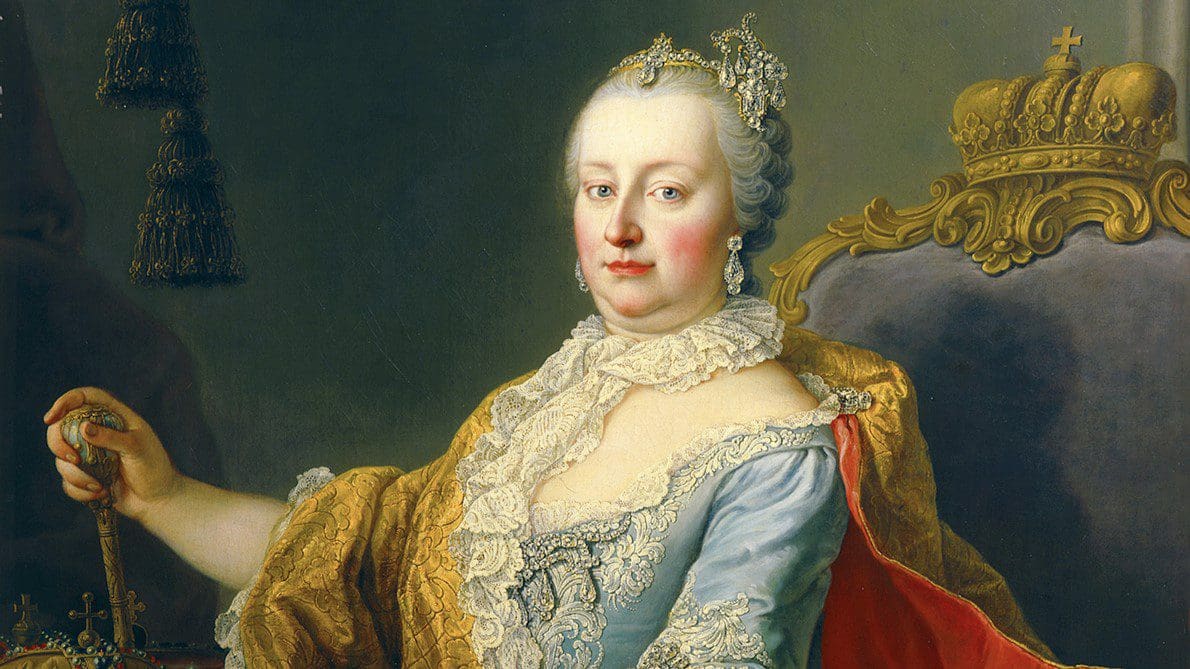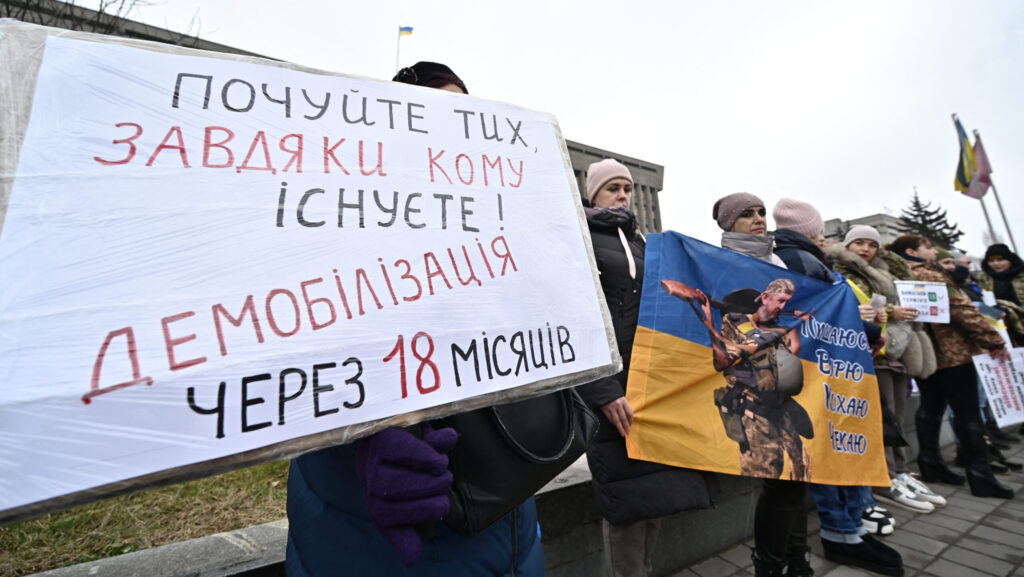Hungary co-existed with the Habsburg Empire from 1526, the year when, following the tragic death of King Louis II in the battle of Mohács, the Hungarian estates offered King Ferdinand I the throne of the Kingdom of Hungary. With the Ottoman conquest advancing, however, Hungary became a rump state, and Vienna continued to be the centre of Ferdinand’s realm. In theory, Hungary remained an independent kingdom in the centuries that followed, in personal union with Austria. In practice, however, it was strongly dependent on and subordinate to the Habsburgs, making the union resemble more a real one than a mere personal one.
Foreign and Military Policy as ‘Regal Rights’
While the Vienna Court had some influence on internal Hungarian matters as well, it was foreign and military policy that were the ‘common affairs’ of Austria and Hungary, at least in theory. This had a dual legal basis.
First of all, ever since the Middle Ages, there had been matters the decision over which was reserved for the King, making them so called ‘regal rights’, or issues being under ‘royal jurisdiction’. This meant, for instance, that the King was the commander-in-chief of the armed forces, and he had the right to declare war. He was also tasked with dispatching and receiving envoys, as well as negotiating international treaties. This was true about both Hungary, and Austria, and it had not changed for centuries. While, in theory, modern constitutional monarchs and even Presidents enjoy such rights as well, in medieval and early modern Hungary and Austria these policy areas were determined by the personal decisions of the ruler. The only practical difference in Hungary was that
the estates and the Diet had the right to assent to or veto the military budget and the number of army recruits,
effectively limiting the monarch’s power.
The other legal tenet that formed the basis for these ‘common affairs’ was the Pragmatic Sanction (Pragmatica Sanctio) if 1713, the decree promulgated by Emperor Charles VI that regulated the relations between Hungary and Austria. It explicitly stated that due to Hungary and Austria having the same line of succession, these realms are ought to be defended together.
These two tenets therefore forged Austria and Hungary into a shared realm, united first and foremost by a common ruler, as well as by a common foreign policy.
As to common military policy, it was managed by the Court War Council (Hofkriegsrat), operating in Vienna, although under different names over time. On the other hand, foreign policy was directed by the State Chancellery (Staatskanzlei). In most of the early to mid-1800s, the State Chancellery was led by the gifted diplomat and statesman Klemens von Metternich. Due to his talent and strong personality, it was in fact he who often dictated imperial foreign policy, rather than the King-Emperor.
Disputes Between the King and the Estates
As it can be seen from the previous paragraph, the Hungarian estates had limited room for manoeuvre regarding foreign policy; interestingly, however, they still had more power than their Austrian counterparts. This led to mixed results, with the power dynamics between the King and the estates constantly changing during the centuries.
‘Vitam et sanguinem pro rege nostro!’
The Hungarian estates at the 1714 Pozsony Diet
The Peace of Vasvár in 1664, for example, was decided by the King alone, and since it awarded many territories to the Ottomans, it caused an uproar among the Hungarian nobility, leading to anti-Habsburg conspiracies.
As opposed to that, the estates eagerly supported Empress Maria Theresa during the War of Austrian Succession (1740–1748), consenting to providing military support in the form of recruits and funding. The nobles famously acclaimed their Queen, shouting ‘Vitam et sanguinem pro rege nostro!’, that is, offering their ‘blood and life’ to their ruler. The intervention saved the Habsburg Empire from the invading Prussia. As a reward, the Queen
annulled some of the earlier, anti-Hungarian laws, and reinforced the tax-exempt status of the nobility.
This led to the anecdote that the nobles would have added quietly to their loud acclamation that they offered their blood, but not their harvested oat (‘sed avenam non’).
The relationship between the estates and the crown became more strained during the rule of Joseph II, who tried to fully subjugate Hungary under an absolutist regime. However, as the Habsburg provinces in the Netherlands rebelled, and Prussia negotiated an alliance with the Ottomans against Austria, the crown was forced to make concessions. Joseph reversed most of his absolutist decrees, and his successor, Leopold II assented to the famous ‘Act X’ of 1790–91, which reinforced the legal independence of Hungary.
This renewed the loyalty of Hungary, also resulting in the estates, during the wars with revolutionary and imperial France, turning down an offer of alliance by Emperor Napoleon, and instead sending troops to fight the French for the Habsburg King. While the ensuing Battle of Raab (present-day Győr) was lost, supplying the army with food turned out to be profitable for all classes of the nobles. Thus, the estates remained willing to approve the military budget and recruitment numbers from year to year.
In short, the estates used their power over the military budget as a bargaining chip to conserve and reinforce their privileges. Until the nobles saw them granted, they gladly supported imperial war efforts. However, the Marxist interpretation of this as ‘class chauvinism’ is rather anachronistic. Legal equality before the law or even serf emancipation was not on the table in those times. In the early modern age, the nobility saw itself as embodying the ‘natio Hungarica’, that is, the political nation, with non-nobles not being seen as political actors. It must be noted that the Habsburgs also used this framework in their interactions with Hungary, therefore the loss of noble privileges would have meant the loss of Hungary’s independence.
During the Era of Reform (1825–1848), liberalism and nationalism gained more and more strength in Hungary. At the same time, the Vienna Court was becoming more and more centralised and absolutistic following the Napoleonic Wars, as it no longer depended on the crucial support of the Hungarian estates anymore. Thus, the disputes between the two became increasingly became centred around a more modern, civic nationalism, as opposed to the corporative representation of the estates. This naturally affected foreign policy as well.
Post-Napoleonic Europe was generally peaceful, characterised by only minor ruptures, like the revolutions of 1830. It must be noted that the power balance shifted from the court toward the estates in the more restless years.
However,
the fault lines regarding foreign policy did not crack truly open until the turbulent months of 1848.
When the French ousted their king, Louis Philippe, the liberal opposition immediately demanded that Austria should recognise the new, republican government. After the March Hungarian Revolution of 1848, the first initiative of the new, democratically elected National Assembly was to create a national army. Furthermore, the liberal Opposition Party majority also vetoed the military budget, which was aimed at suppressing the anti-Habsburg uprisings in Northern Italy. Revolutionary leader Lajos Kossuth in a famous speech laid out the condition of ending the veto: the emperor granting a constitution to these provinces.
Conclusion
Notably, the April Laws of 1848 did not settle the issue of foreign and military policy. In practice, these affairs remained in the hands of the King. While under Kossuth the Hungarian government attempted to establish its own, independent foreign relations by dispatching envoys (for instance to the German national congress in Frankfurt) and creating permanent embassies (e.g. in Turkey), this effort remained largely futile as the suppression of Hungarian independence in 1849 doomed these aspirations. It was only the Compromise of 1867 that brought a permanent settlement of the issue: while the ‘common affairs’ in theory remained in the hand of the King, oversight of all funding, and therefore most of the practical control, was handed over to Austro-Hungarian joint government committees.
Historian Gyula Szekfű rightly noted that 1867 gave more independence to Hungary regarding its foreign affairs than what the Revolution of 1848 had aimed for. The Compromise set out clear legal limitations of the royal power in this area, heralding the transformation of Hungary from a noble-corporative to a modern nation state.








